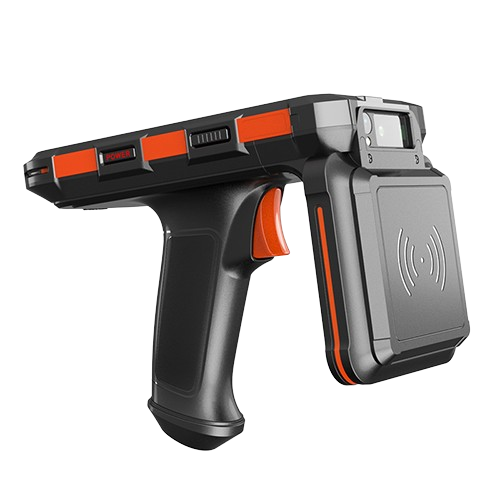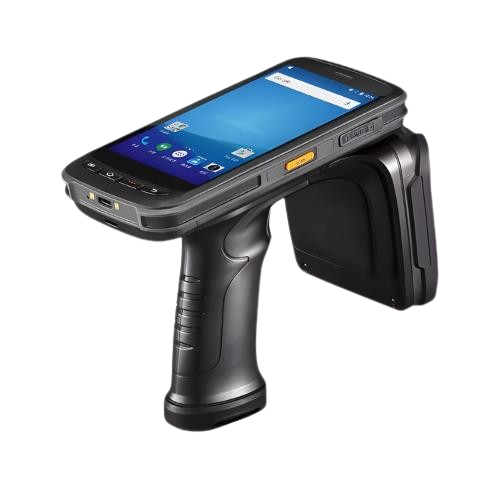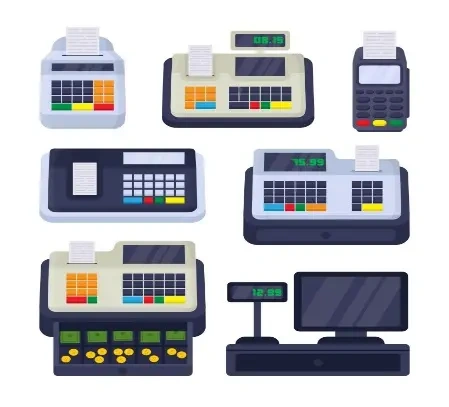Portable UHF RFID Reader
Highly Efficient UHF RFID Reader with freedom of mobility and flexible Operations of Data Collection
Features
- Highly Efficient UHF RFID Reader
- Freedom of Mobility
- Flexible Operations of Data Collection
- Ruggedized and Ergonomic Design
- The Better User Experience
- Quick Paring and Multi-devices
- Connectivity with 577001
- Smart Management through RFID
RFID Laboratory Phial Label
This printable laboratory RFID tag has great features including that could be stored in liquid nitrogen for years; face stock and adhesive comply with medical qualifications and much more.
- Could be stored in liquid nitrogen for years
- Face stock and adhesive comply with medical qualification
- Printable
- Custom Dimension
- Can be attached on test tube or test tube tray
Speciman Track Features
Specimen Track offers an RFID specimen tracking system designed for health.



